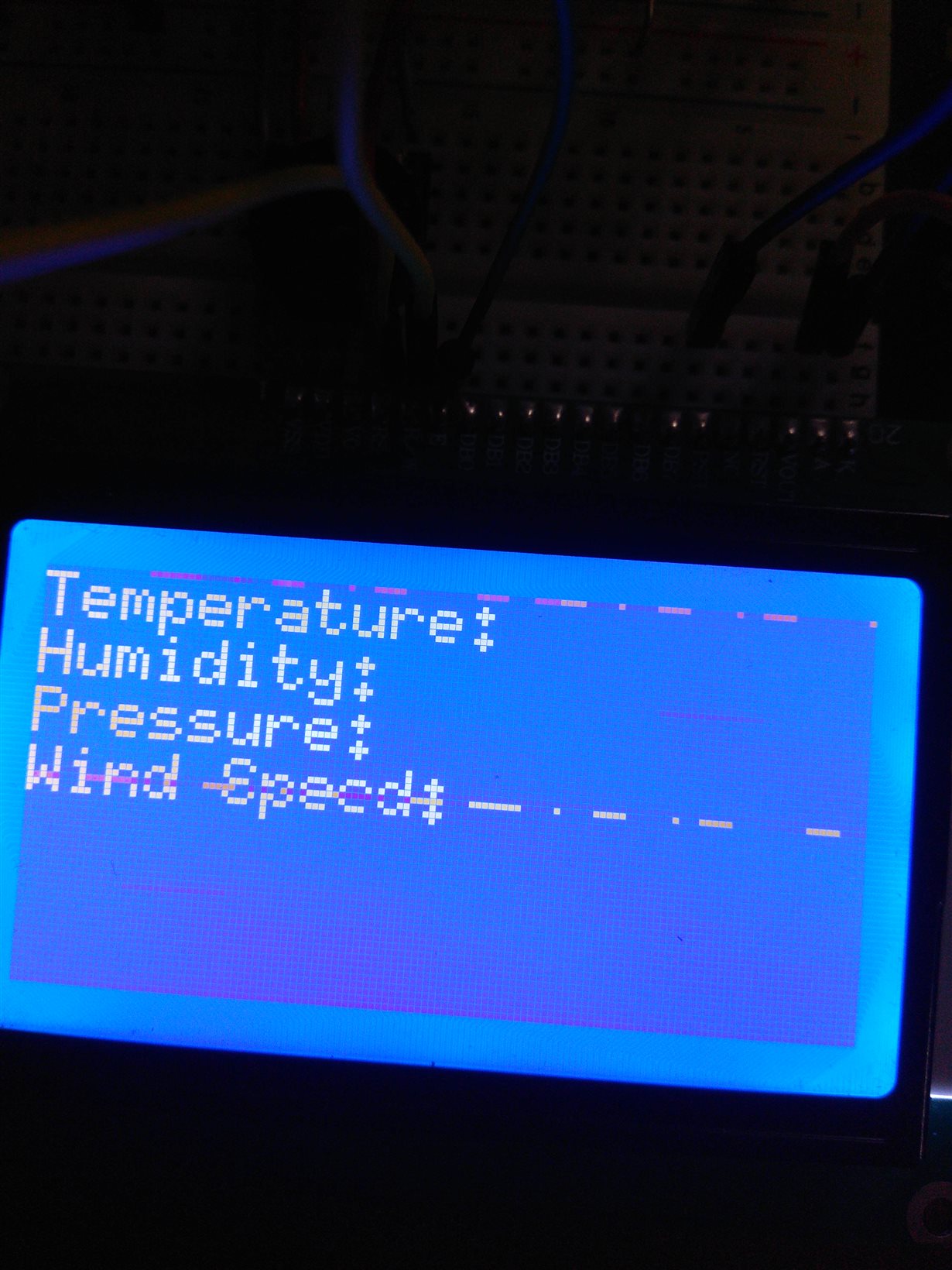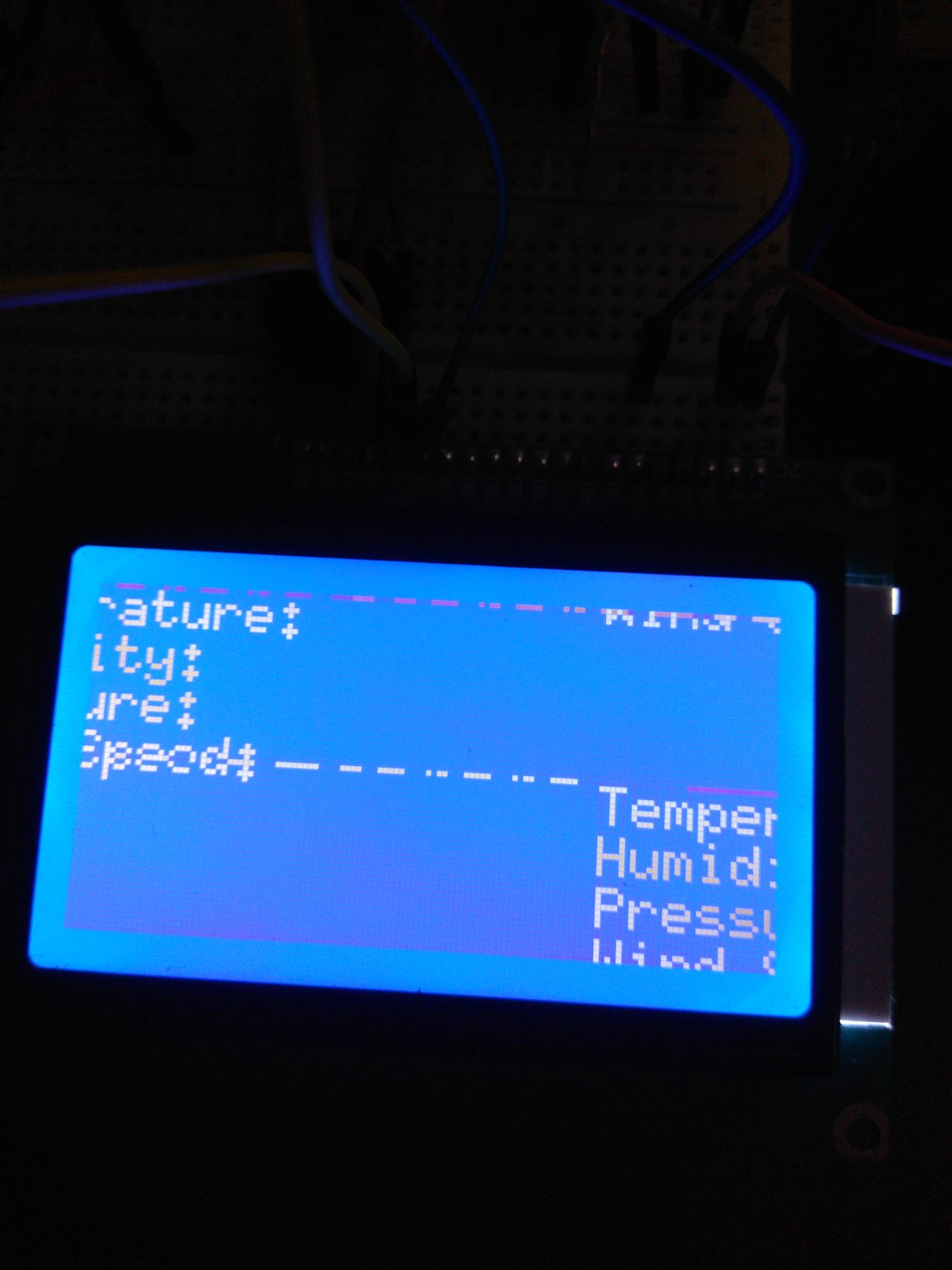Other Parts Discussed in Thread: ENERGIA
Hi, i am making a project and i need to visualize data on an LCD 12864 ZW with ST7920 .. i previously used this with the U8G library for arduino and had success...
the problem is i cant find a compatible libray for msp432 and when i try to compile with the library i used in arduino i get the:
U8g.h: No such file or directory error,though the library lies in the proper folder in Libraries...
So, is there a way to use this lcd WITH ENERGIA with a compatible library for the msp432?
Energia 1.8.7E21
Windows 10 x64
THANKS, GIO.



